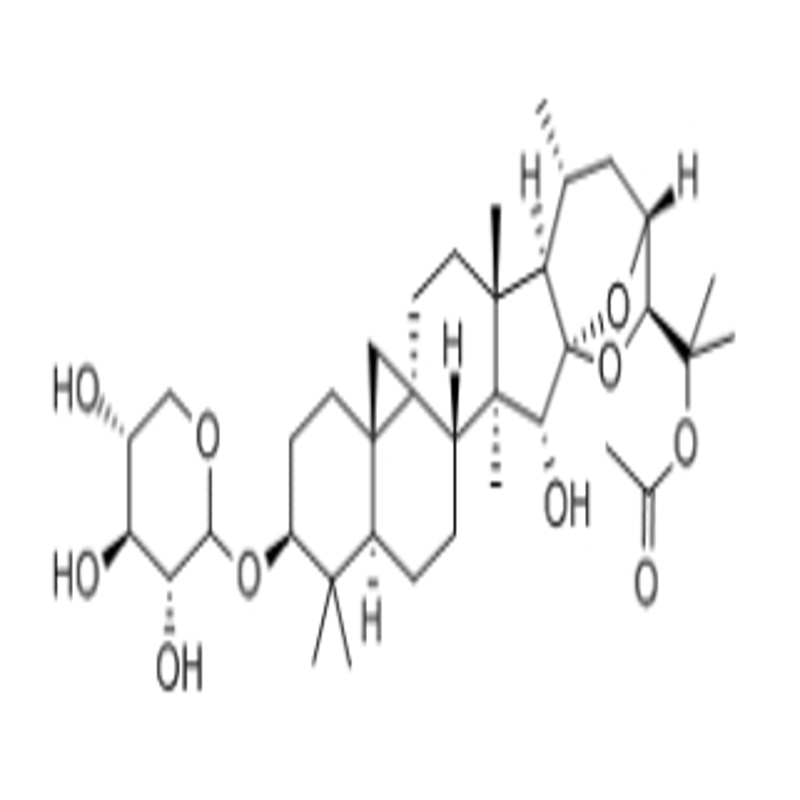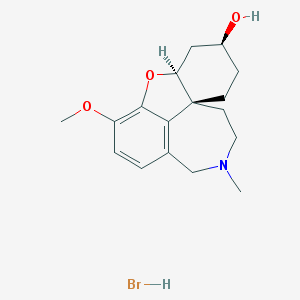Biochemical Engineering
- • Amino Acids and Proteins (221)
- • Nucleic Acid Drugs (18)
- • Enzymes and Coenzymes Drugs (115)
- • Inhibitors (1083)
- • Biological Response Modifiers (15)
- • Fat Medicines (7)
- • Amino Acids and Derivatives (4144)
- • Saccharides (2371)
- • Biochemical Reagents (322)
- • Nucleoside Drugs (346)
- • Condensing Agent (40)
- • Polypeptide (619)
- • Biosynthetic Natural Products (105)
- • Plant Extracts (813)
- • Chinese Herbs (352)
- • Microbiology Reagents (11)
- • Protein Research (34)
- • Lipids (281)
- • Inflammation Mediators (128)
Related News
Sort Chinese Herbs Alphabetically
Chinese Herbs
-
![Arundoin buy Arundoin]()
Industrial Grade / 99%
$0.2/KG EXW
-
![Arundoin buy Arundoin]()
-
![Arundoin buy Arundoin]()
Industrial Grade / 99%
-
![fernenol methyl ether buy fernenol methyl ether]()
Request for quotation , get quotes from more suppliers.
-
Reagent Grade / 99%
$200-220/KG FOB
-
![25-O-ACETYLCIMIGENOL XYLOSIDE CAS NO 27994-12-3 buy 25-O-ACETYLCIMIGENOL XYLOSIDE CAS NO 27994-12-3]()
Industrial Grade, Feed Grade, Food Grade, Pharma Grade / 99%
$11.11/KG EXW
-
![25-O-ACETYLCIMIGENOL XYLOSIDE buy 25-O-ACETYLCIMIGENOL XYLOSIDE]()
-
![25-O-ACETYLCIMIGENOL XYLOSIDE buy 25-O-ACETYLCIMIGENOL XYLOSIDE]()
Request for quotation , get quotes from more suppliers.
-
![RABDOPHYLLIN H buy RABDOPHYLLIN H]()
Industrial Grade / 99.0%
-
![RABDOPHYLLIN H buy RABDOPHYLLIN H]()
-
![RABDOPHYLLIN H buy RABDOPHYLLIN H]()
-
![RABDOPHYLLIN H buy RABDOPHYLLIN H]()
Industrial Grade / 99%
Request for quotation , get quotes from more suppliers.
-
![CIMICIFUGOSIDE H-2 buy CIMICIFUGOSIDE H-2]()
Industrial Grade / 99%
-
![CIMICIFUGOSIDE H-2 buy CIMICIFUGOSIDE H-2]()
-
![CIMICIFUGOSIDE H-2 buy CIMICIFUGOSIDE H-2]()
-
![CIMICIFUGOSIDE H-2 buy CIMICIFUGOSIDE H-2]()
Industrial Grade / 99%
Request for quotation , get quotes from more suppliers.
-
Industrial grade / 99%
-
![Ursonicacidbenzylester buy Ursonicacidbenzylester]()
IndustrialGrade / 99.00%
-
![Ursonic acid benzyl ester buy Ursonic acid benzyl ester]()
-
![Ursonic acid benzyl ester buy Ursonic acid benzyl ester]()
Industrial Grade / 99%
Request for quotation , get quotes from more suppliers.
-
![8-BROMOHYPOXANTHINE buy 8-BROMOHYPOXANTHINE]()
Industrial Grade / 99%
-
![8-BROMOHYPOXANTHINE buy 8-BROMOHYPOXANTHINE]()
-
![8-BROMOHYPOXANTHINE buy 8-BROMOHYPOXANTHINE]()
25kg/Cardboard Drum / 99%
-
![8-bromo-3,7-dihydropurin-6-one buy 8-bromo-3,7-dihydropurin-6-one]()
Request for quotation , get quotes from more suppliers.
-
![1-METHYL-2,3,4,9-TETRAHYDRO-1H-BETA-CARBOLINEHYDROCHLORIDE buy 1-METHYL-2,3,4,9-TETRAHYDRO-1H-BETA-CARBOLINEHYDROCHLORIDE]()
Industrial Grade / 99%
-
![1-METHYL-2,3,4,9-TETRAHYDRO-1H-BETA-CARBOLINEHYDROCHLORIDE buy 1-METHYL-2,3,4,9-TETRAHYDRO-1H-BETA-CARBOLINEHYDROCHLORIDE]()
-
![1-METHYL-2,3,4,9-TETRAHYDRO-1H-BETA-CARBOLINEHYDROCHLORIDE buy 1-METHYL-2,3,4,9-TETRAHYDRO-1H-BETA-CARBOLINEHYDROCHLORIDE]()
-
![1-METHYL-2,3,4,9-TETRAHYDRO-1H-BETA-CARBOLINEHYDROCHLORIDE buy 1-METHYL-2,3,4,9-TETRAHYDRO-1H-BETA-CARBOLINEHYDROCHLORIDE]()
Industrial Grade / 99%
Request for quotation , get quotes from more suppliers.
-
![LYCORAMINE buy LYCORAMINE]()
IndustrialGrade / 99.00%
-
![LYCORAMINE HYDROBROMIDE buy LYCORAMINE HYDROBROMIDE]()
-
![LYCORAMINE buy LYCORAMINE]()
-
![Lycoramine hydrobromide buy Lycoramine hydrobromide]()
Request for quotation , get quotes from more suppliers.
Yunaconitine
(70578-24-4)-
- / 99.00%
-
![YUNACONITINE buy YUNACONITINE]()
Industrial Grade / 99%
-
![Aconitane-3,8,13,14-tetrol,20-ethyl-1,6,16-trimethoxy-4-(methoxymethyl)-, 8-acetate14-(4-methoxybenzoate), (1a,3a,6a,14a,16b)- buy Aconitane-3,8,13,14-tetrol,20-ethyl-1,6,16-trimethoxy-4-(methoxymethyl)-, 8-acetate14-(4-methoxybenzoate), (1a,3a,6a,14a,16b)-]()
-
- / 98%
Request for quotation , get quotes from more suppliers.
(-)-Picrotoxinin
(17617-45-7)-
![PICROTOXININ buy PICROTOXININ]()
Industrial Grade / 99.0%
-
![PICROTOXININ buy PICROTOXININ]()
-
![PICROTOXININ buy PICROTOXININ]()
Industrial Grade / 99%
-
![Picrotoxinin buy Picrotoxinin]()
Request for quotation , get quotes from more suppliers.































